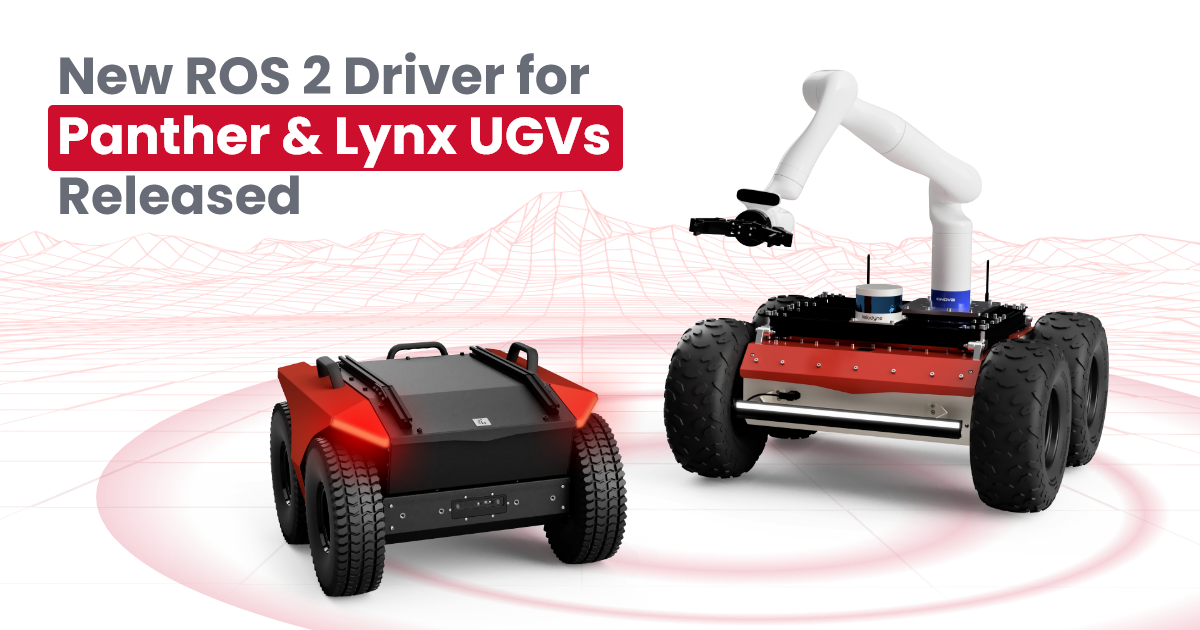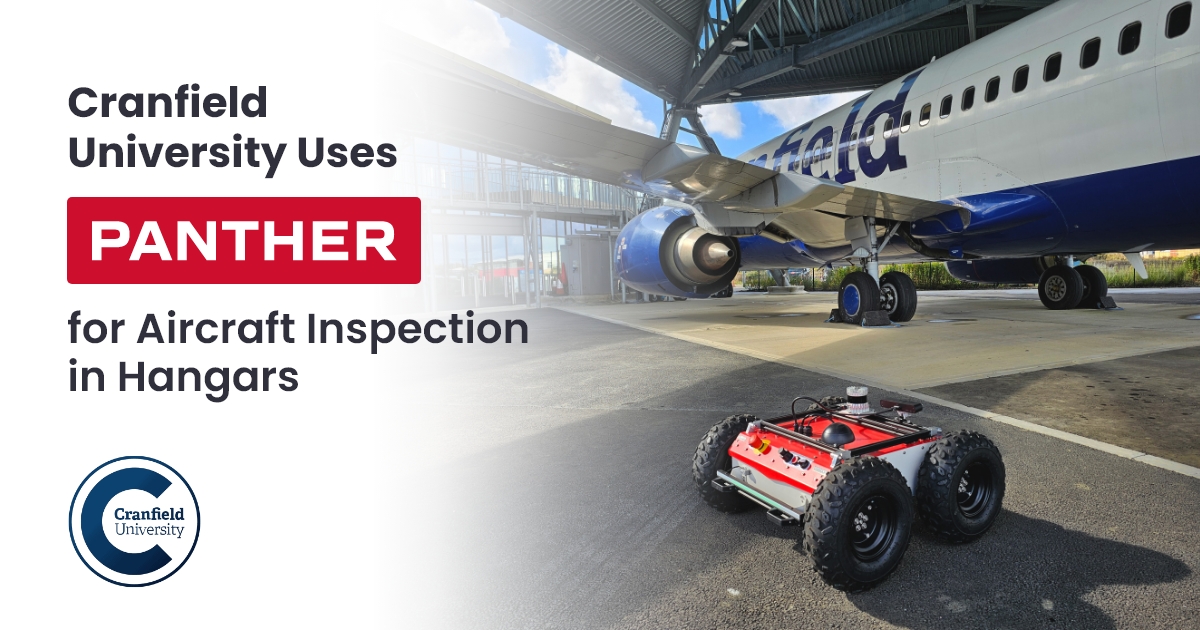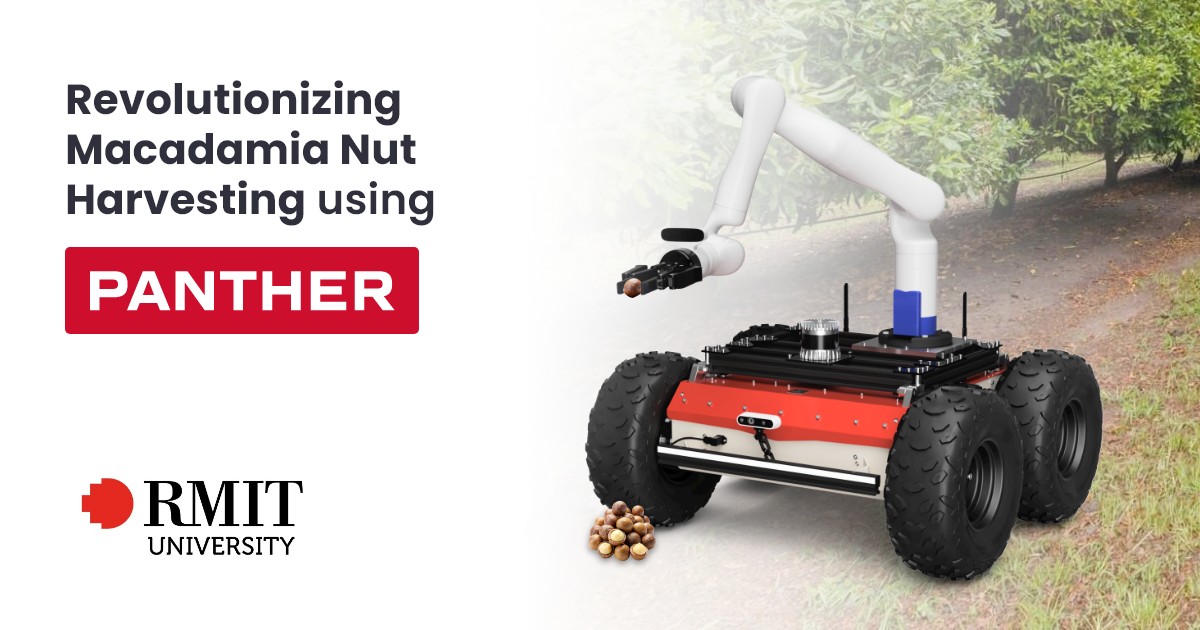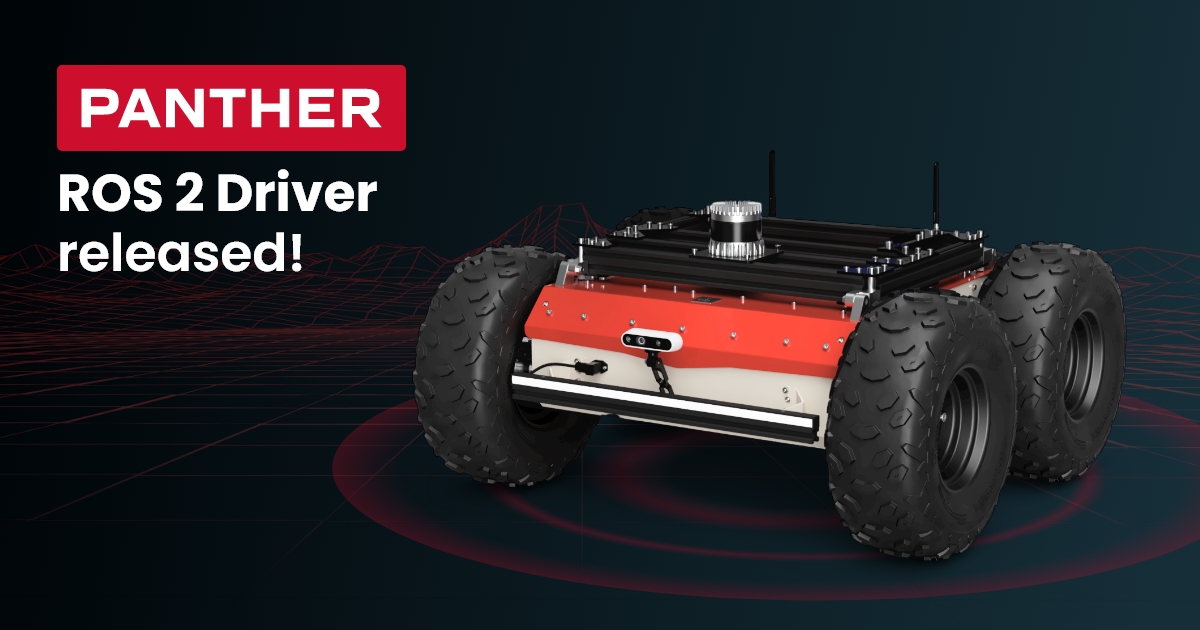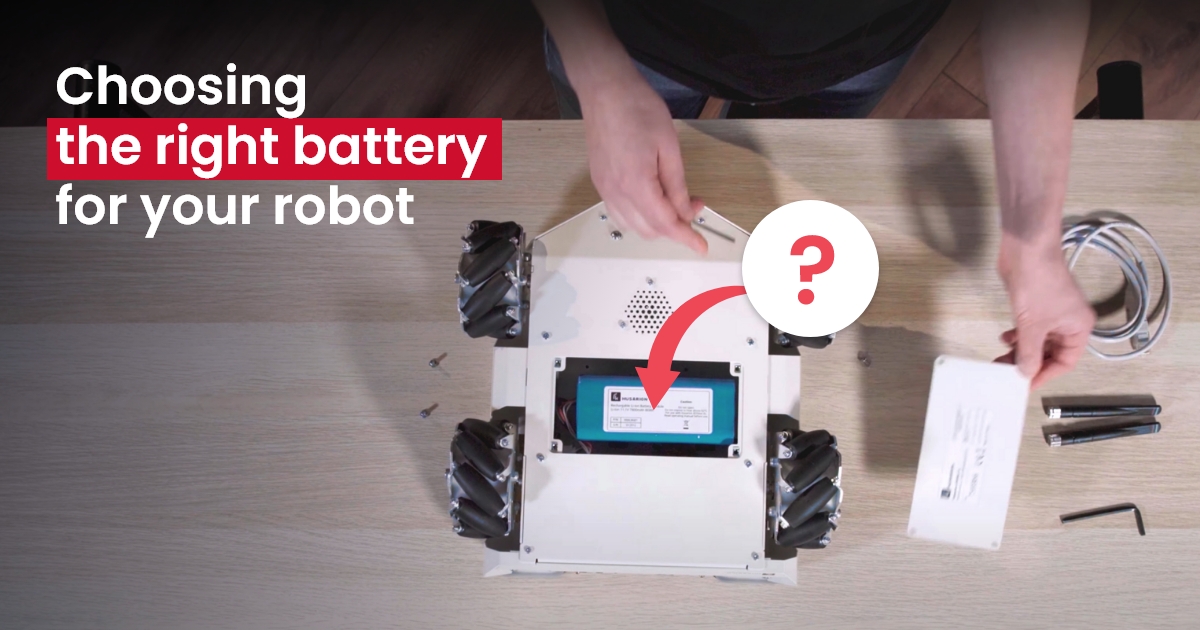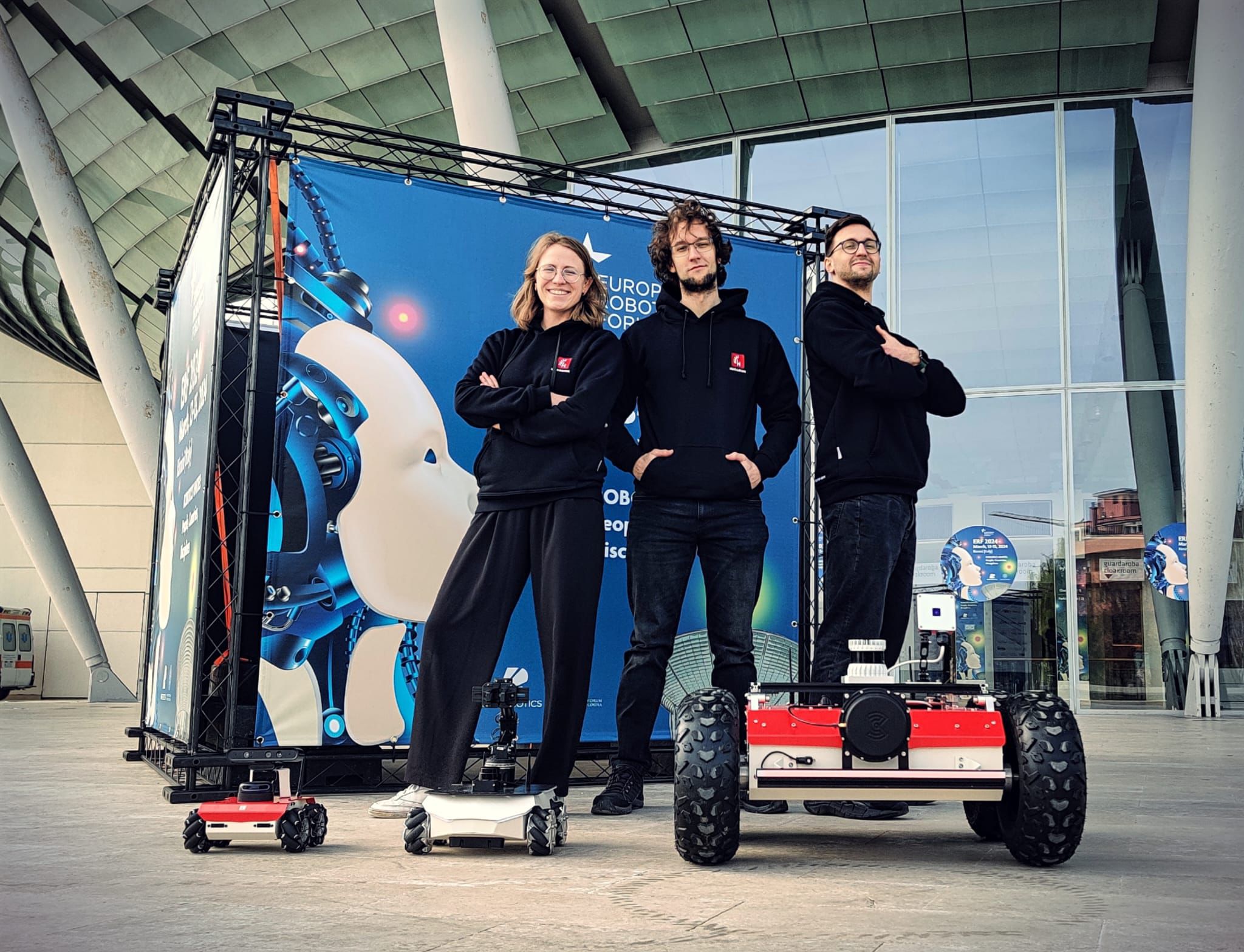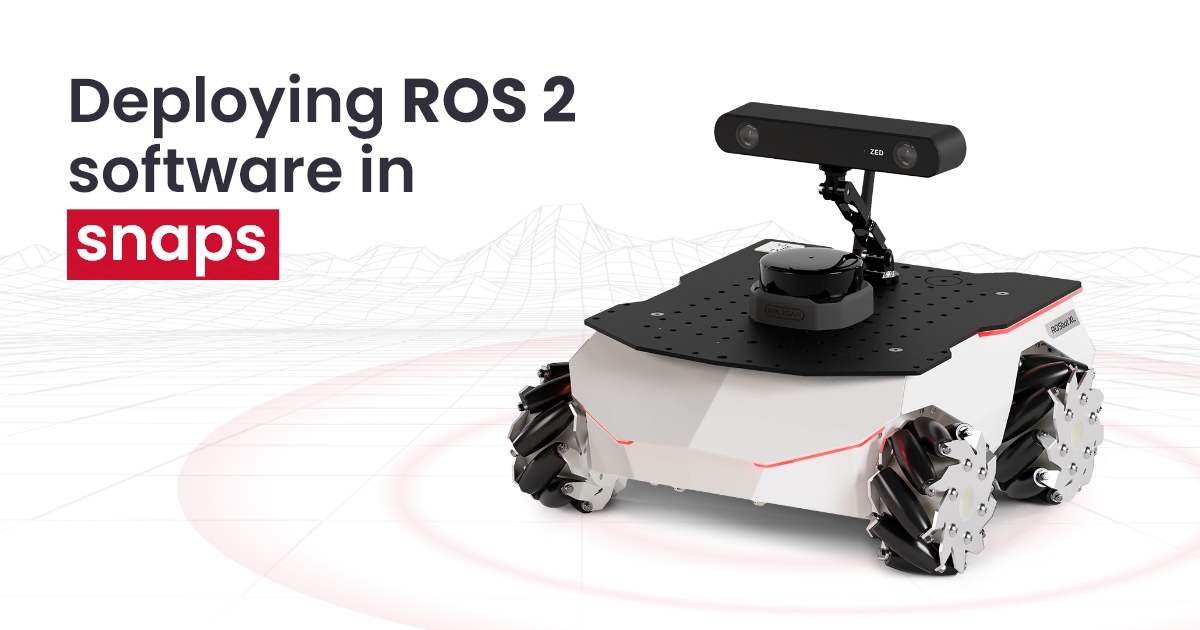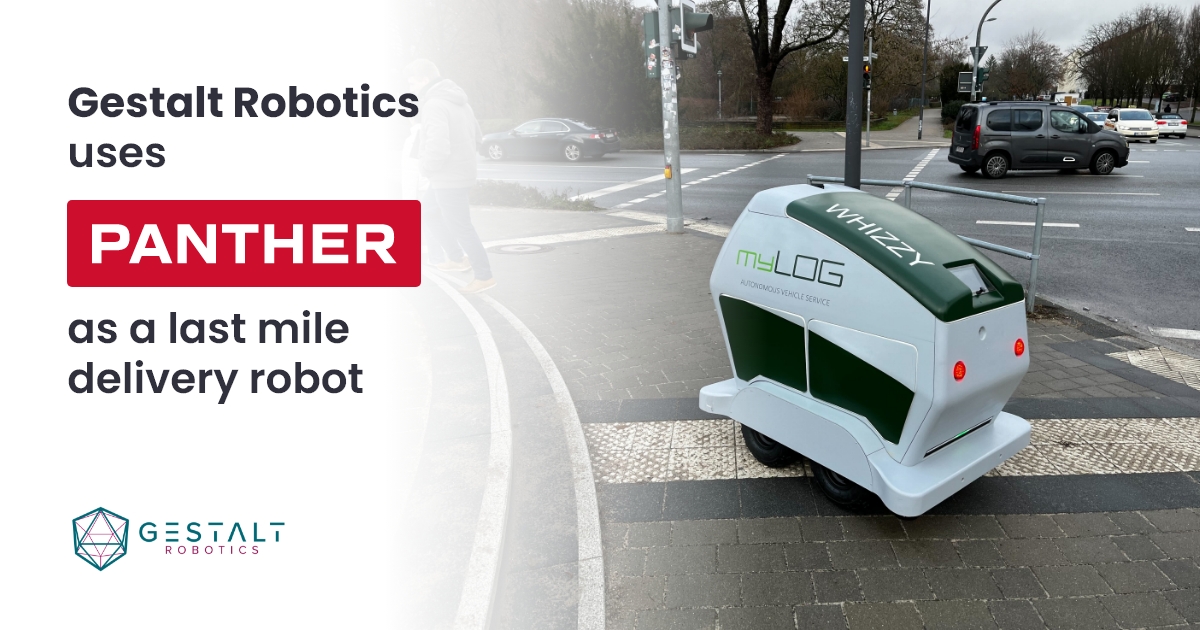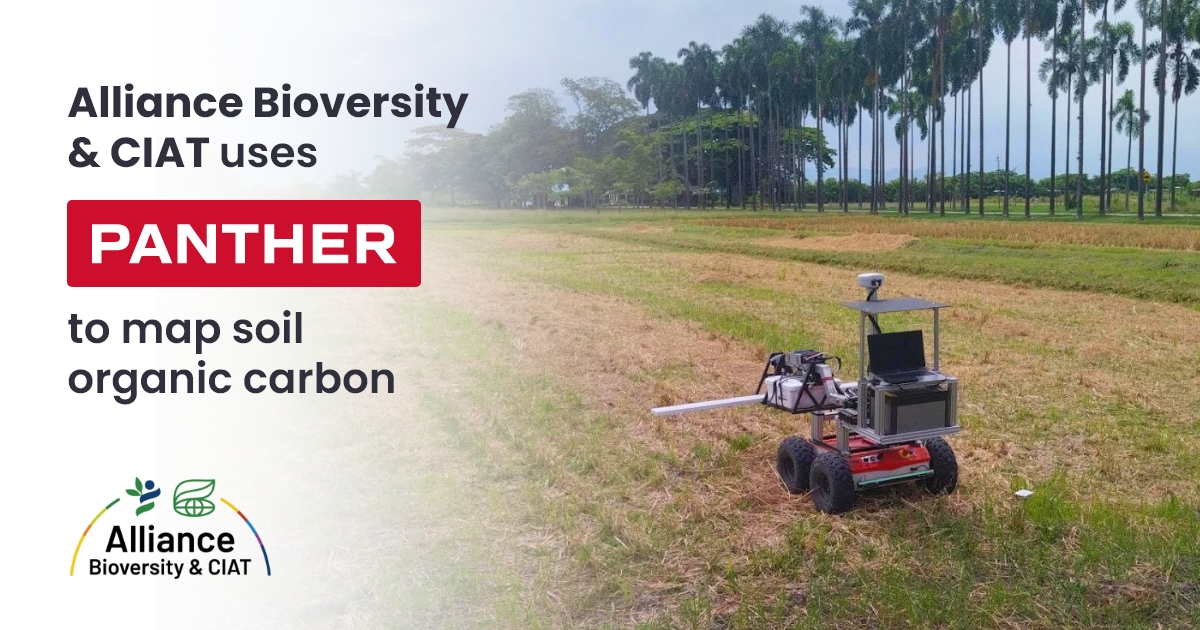Husarion UGV ROS 2 driver released!
We’re excited to announce a major update to the Husarion UGV (Unmanned Ground Vehicle) ROS 2 driver, rebranded and upgraded from Panther ROS 2 driver to accommodate multiple Husarion robotic platforms. This enhancement is not just a name change, it's an evolution into a more versatile and universally applicable driver across all Husarion UGV platforms. Whether you're already using the Panther or exploring the new Husarion Lynx, this enhanced driver brings powerful improvements designed to support the full range of our UGVs.
Continue reading to explore the key features of the Husarion UGV ROS 2 driver, including:
- Support for multiple platforms, including Husarion Lynx mobile platform.
- New, more versatile, visually appealing, and informative LED animations.
- Simplified configuration management of the ROS driver.
- WebUI, now available by default, with new features like AUX power and motor torque management.
- Switch to gamepad controller XInput mode.
